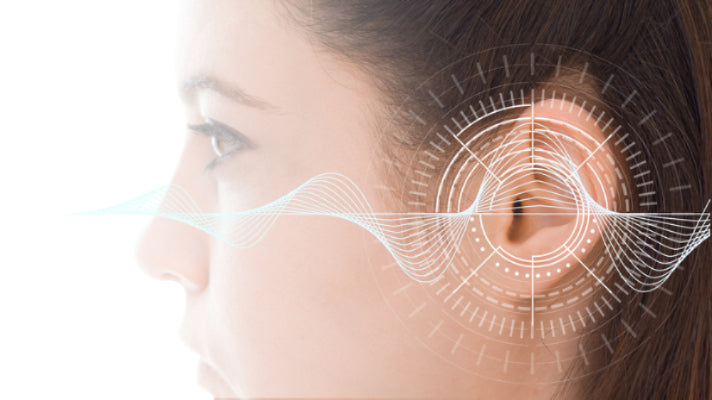Research is helping us to better understand noise-induced hearing loss

Affecting as many as 1 in 8 children, hearing loss can have a significant affect on a child’s development. From speech to overall education, hearing issues influence learning, and one of the fastest growing causes of problems is noise-induced hearing loss. While today we understand that loud noise can cause damage to our hearing, and often results in permanent hearing reduction, to better combat this problem, the more we understand the kinds of noise that can do this the better.
Research has continued on for the last decade or more looking at noise-induced hearing loss so that we can recognize the noise levels involved. To prevent hearing loss, being able to know where it is likely to happen is crucial, and so this medical research has been incredibly important.
While there have been many studies, there is a consensus about noise volumes and potential damage, the comprehensive work by Mirella Melo Metidieri has delivered exceptional clarity when it comes to recognizing the kind of environment that can cause hearing damage.
In the study, they find that the hearing frequencies most affected are 3, 4 and 6kHz, but if exposure to the harmful noise continues, this can also spread to 8, 2, 1, 0.5, and 0.25 kHz frequencies as well. They note that currently, the Occupational Safety and Health Administration (OSHA) permit unprotected exposure to noise up to 90 dBA for up to 8 hours with annual monitoring, however this is less restrictive than other countries, where 85 dB for an 8 hour day is the threshold, with 90 dB restricted to 4 continuous hours maximum, and this can reduce occurrences of noise-induced hearing loss in comparison to the US model.
In terms of higher volumes, the study notes that at 95 dB, the maximum safe continuous exposure is down to 2 hours, and at 110 dB, it’s just 15 minutes. This matters when we look at one of the major contributors to noise-induced hearing loss today, listening to music, videos or playing games through headphones. Turned up to maximum volume, a smartphone or music player can reach 130 dB, so as you can see, exposure to that kind of volume for any length of time has the potential to cause permanent hearing loss at those vulnerable frequencies.
Puro Sound Labs have created a range of Bluetooth kid’s headphones designed to prevent this exact situation. Every pair of their comfortable, high quality kid’s wireless headphones contains specialized electronics to ensure your child’s ears are better protected from high volume of non-volume limited headphones. This range of volume limiting kid’s headphones prevent even accidental damage, because no mater how far the volume is turned up on the device, they prevent the actual sound to go beyond 85 dB, keeping your child’s hearing safe whatever they may do with the volume control.
When you are buying kid’s headphones, think about noise-induced hearing loss, and know that the best kid’s headphones you can choose are those that offer volume limiting to help better protect your child from hearing loss.

